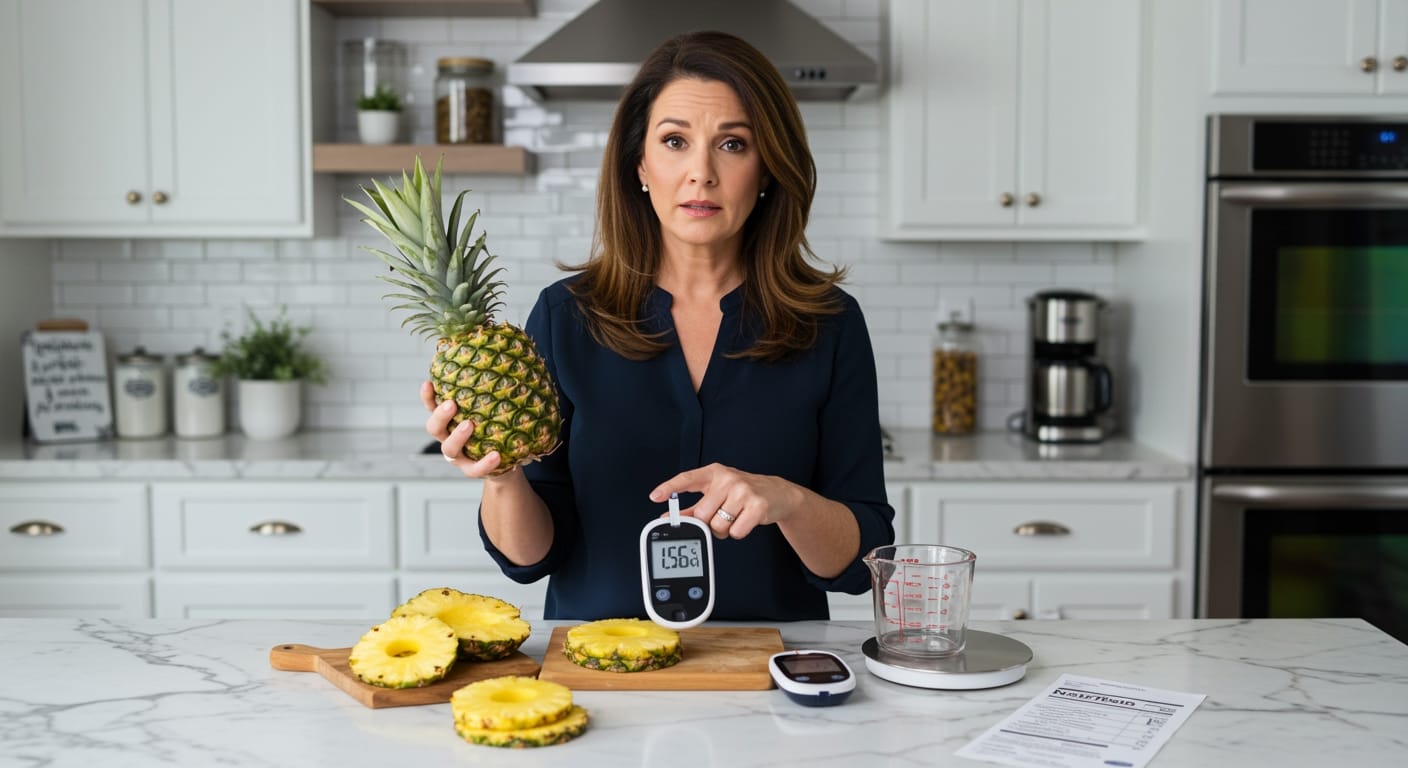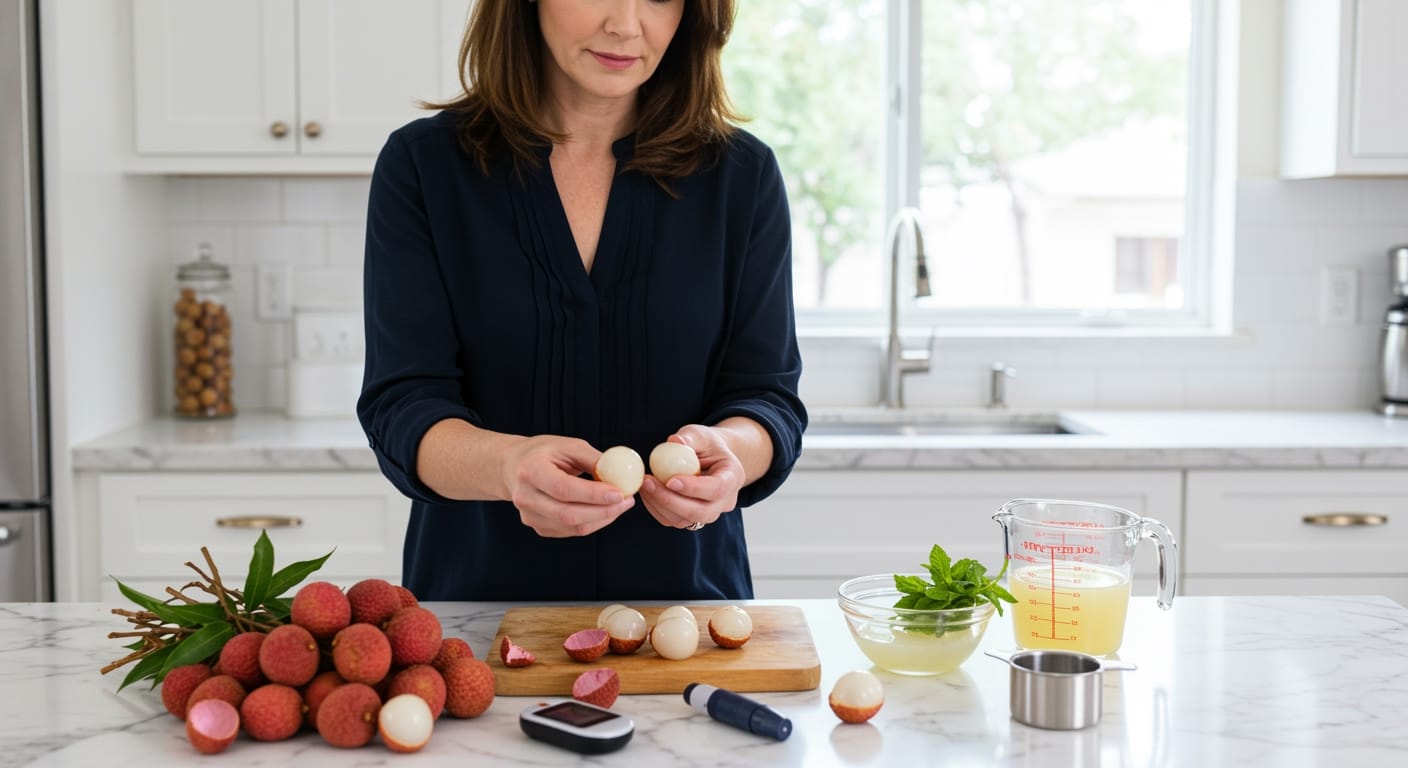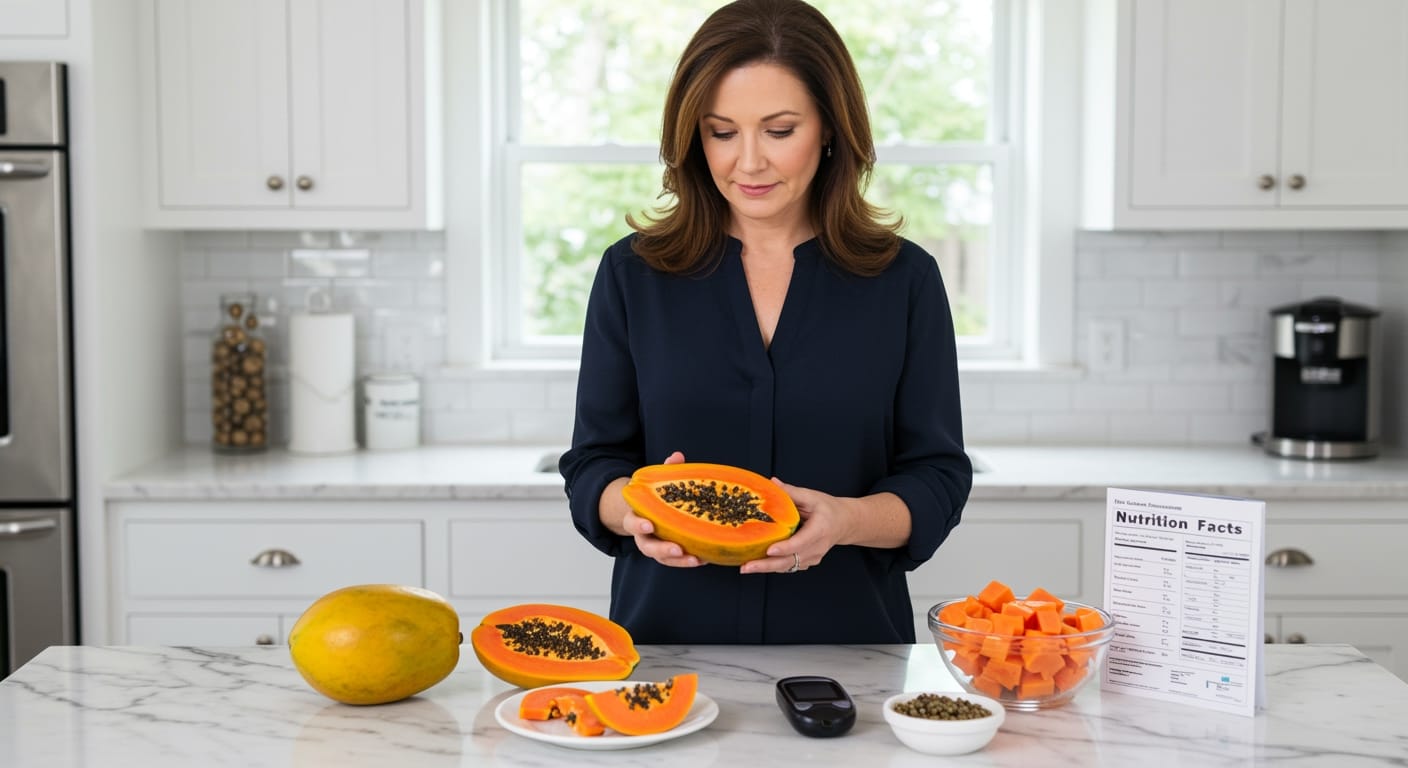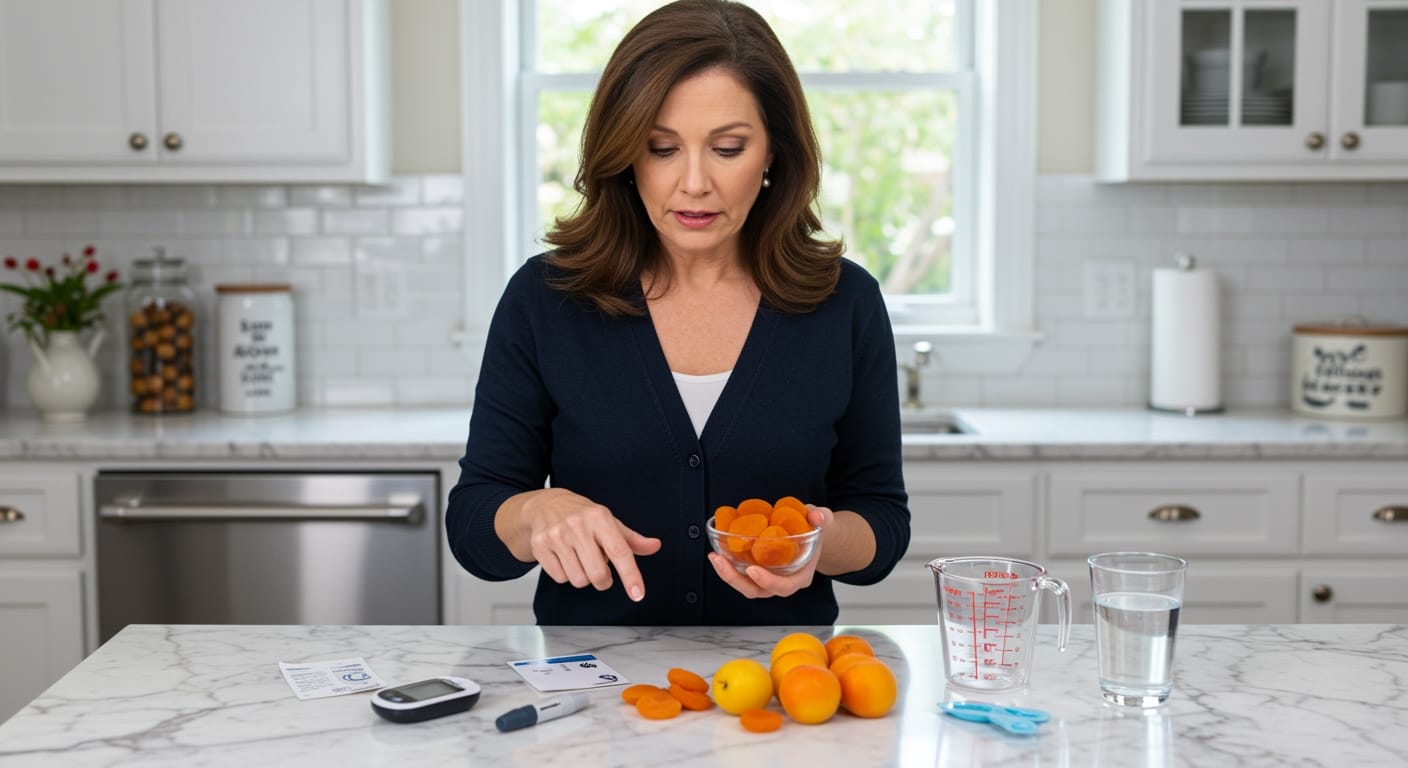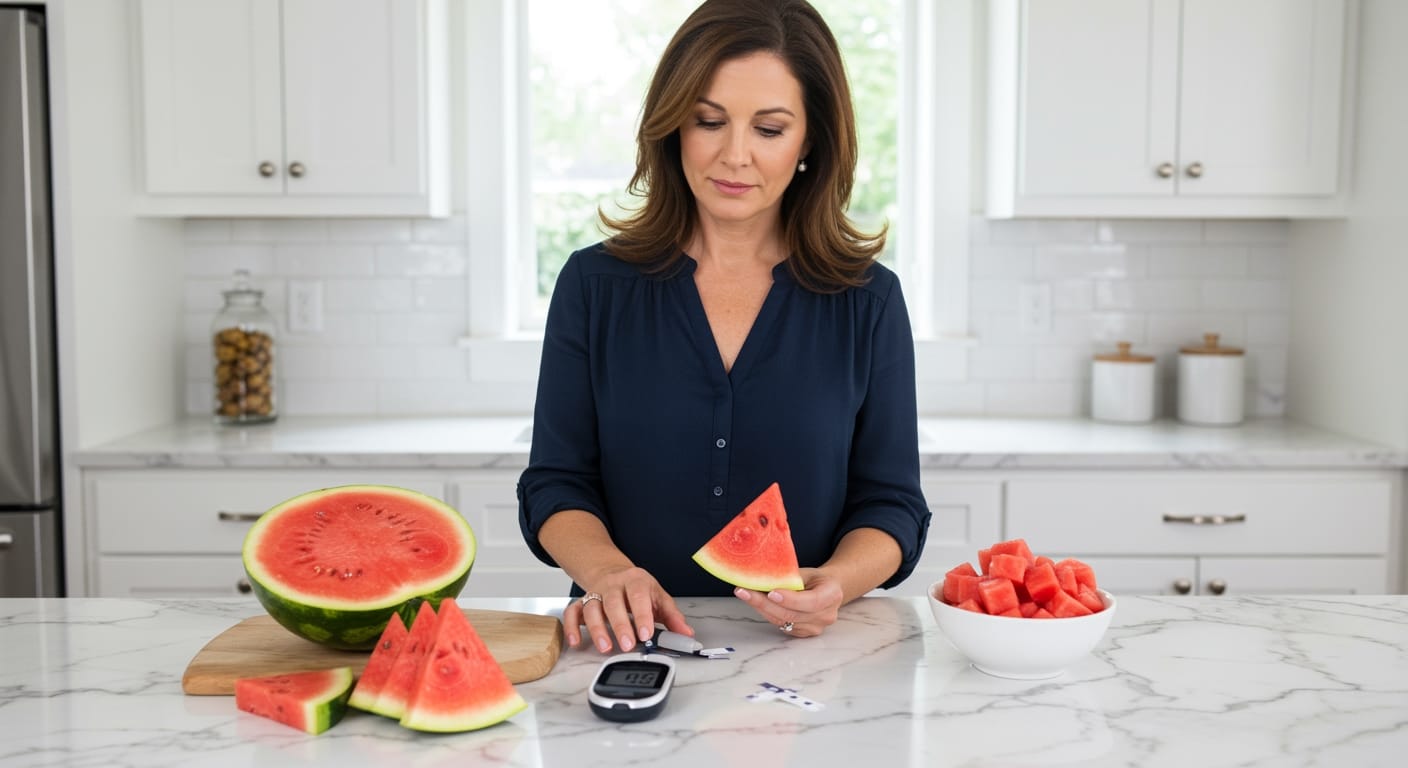✪ Key Takeaway: Pineapple can be safe for diabetes when eaten in small portions and paired with protein or healthy fats.
Introduction
Your doctor just told you that you have diabetes, and suddenly your favorite tropical fruit feels like forbidden territory.
You might be wondering if that sweet, juicy pineapple sitting in your kitchen will send your blood sugar through the roof or if there is a way to enjoy it safely.
Hi, I am Abdur, your nutrition coach, and today I am going to explain exactly how pineapple affects your blood sugar and share the smart strategies that let you enjoy this tropical treat without compromising your health.
How Does Pineapple Affect Blood Sugar Levels?
Pineapple contains natural sugars that can raise your blood glucose, but the impact depends on several important factors that most people overlook.
A single cup of fresh pineapple chunks contains about 16 grams of sugar and has a glycemic index of 66, which falls into the medium range on the glycemic scale.
When you eat pineapple, your digestive system breaks down these natural sugars into glucose molecules that enter your bloodstream within 15 to 30 minutes.
Your pancreas responds by releasing insulin to help cells absorb this glucose for energy, but people with diabetes either do not produce enough insulin or their cells resist its effects.
The fiber content in pineapple, about 2.3 grams per cup, helps slow down sugar absorption and prevents dramatic blood sugar spikes that can occur with processed sweets.
Fresh pineapple also contains bromelain, an enzyme that may help improve insulin sensitivity and reduce inflammation in your body.
✪ Pro Tip: Test your blood sugar before eating pineapple and again 2 hours later to see your personal response.
What Makes Pineapple Different From Other Fruits?
Pineapple stands out from other fruits because it contains a unique combination of sugars that affect your blood glucose differently than apples or berries.
The main sugars in pineapple are fructose, glucose, and sucrose, with fructose making up about 60 percent of the total sugar content.
Fructose gets processed primarily in your liver rather than requiring immediate insulin response, which means it has a slower initial impact on blood sugar compared to pure glucose.
However, your liver converts fructose into glucose over time, so the blood sugar effect still occurs but in a more gradual manner.
Pineapple also contains vitamin C and manganese, which support your immune system and may help with glucose metabolism at the cellular level.
The water content in fresh pineapple is about 86 percent, which helps you feel full and may prevent overeating compared to dried fruits or fruit juices.
✪ Fact: Canned pineapple in syrup contains 3 times more sugar than fresh pineapple and should be avoided.
How Much Pineapple Can You Safely Eat?
The safe amount of pineapple for diabetes depends on your individual blood sugar response, medication, and overall carbohydrate intake for the day.
Most diabetes experts recommend starting with a small portion of about half a cup of fresh pineapple chunks, which contains roughly 8 grams of sugar and 11 grams of total carbohydrates.
This portion size fits within the general guideline of 15 grams of carbohydrates per snack for people managing diabetes through carbohydrate counting.
Your body processes pineapple more effectively when you eat it as part of a balanced meal rather than consuming it alone on an empty stomach.
Pairing pineapple with protein sources like Greek yogurt or a small handful of nuts helps slow sugar absorption and provides sustained energy.
The timing of your pineapple consumption matters too, with many people finding that eating it earlier in the day allows for better blood sugar management throughout the day.
✪ Note: Never eat pineapple if your blood sugar is already elevated above your target range.
What Are The Best Ways To Include Pineapple In Your Diet?
Smart preparation and combination strategies can help you enjoy pineapple while maintaining stable blood sugar levels throughout the day.
Always choose fresh pineapple over canned varieties, and cut it yourself to control portion sizes and avoid added sugars or preservatives.
Create a balanced snack by combining a small portion of pineapple with cottage cheese, which provides protein and helps slow the absorption of natural sugars.
You can also add small pieces of pineapple to salads with leafy greens, lean protein, and healthy fats like avocado or olive oil dressing.
Frozen pineapple chunks work well in smoothies when blended with spinach, protein powder, and unsweetened almond milk for a nutrient-dense meal replacement.
Grilling pineapple slices brings out natural sweetness without adding sugar, and the slight caramelization may actually slow sugar absorption compared to raw fruit.
Track your blood sugar response to different preparation methods and portion sizes to find what works best for your individual diabetes management plan.
✪ Pro Tip: Eat pineapple after a meal containing protein and fiber for the most stable blood sugar response.
The Bottom Line
Pineapple can be part of a healthy diabetes diet when you eat it in controlled portions and combine it with other nutrients that help stabilize blood sugar.
The key to enjoying any fruit with diabetes is understanding your individual response and making informed choices based on real data, not fear.
I would love to hear about your experience with pineapple and diabetes management, so please share your questions, tips, or concerns in the comments below.
References
At NutritionCrown, we use quality and credible sources to ensure our content is accurate and trustworthy. Below are the sources referenced in creating this article:
- Healthline: Pineapples and Diabetes: What You Need to Know
- Medical News Today: Is pineapple good for people with diabetes?
- Glycemic Index Net: Pineapple Glycemic Index
- SingleCare: Is pineapple good for diabetics?
